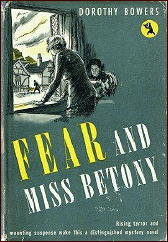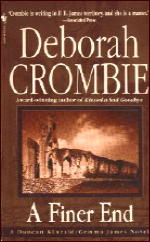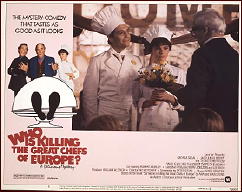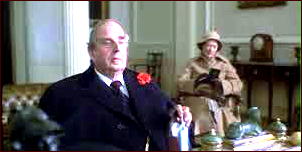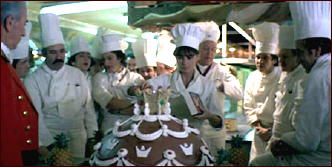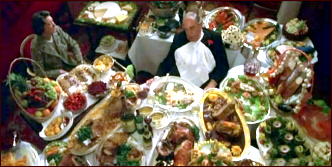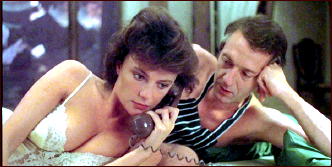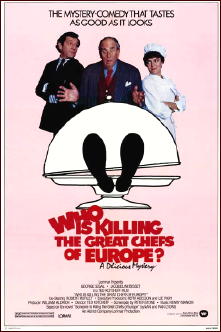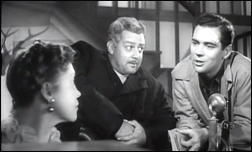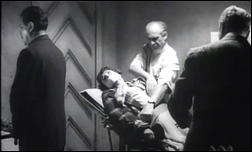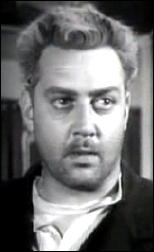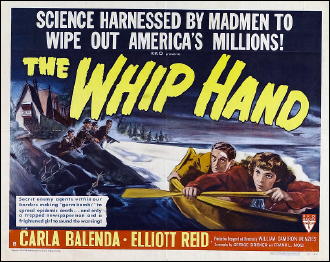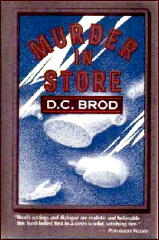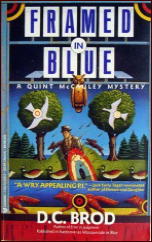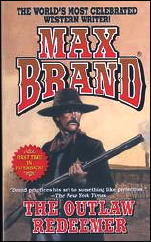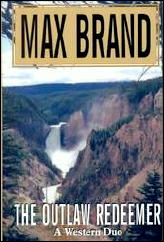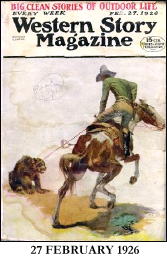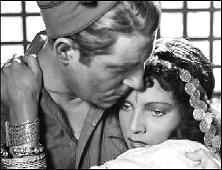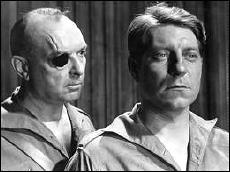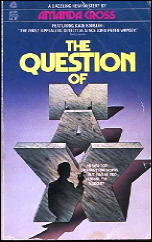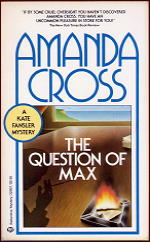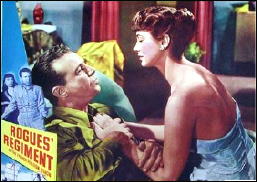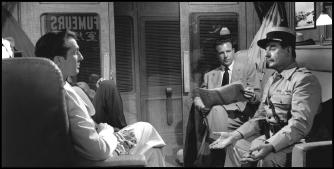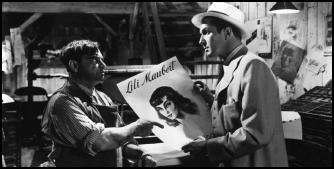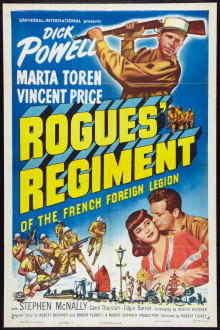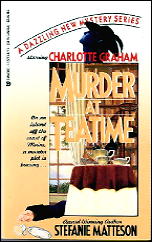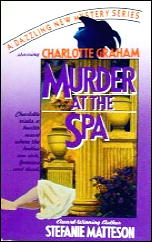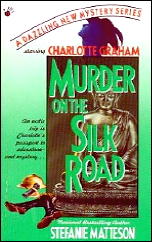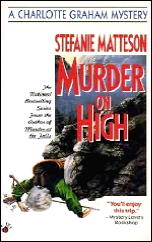D. C. BROD – Error in Judgment. Diamond, paperback reprint, September 1991. Hardcover edition: Walker, July 1990.
As you’ve probably noticed, paperbacks are making quantum jumps in terms of prices. I’m not sure where the upper limit is, in terms of public resistance to bigger and bigger chunks of available spending money, but so far nothing seems to be keeping the cost of reading material from jumping onward and upward, from one month to the next, or so it seems.
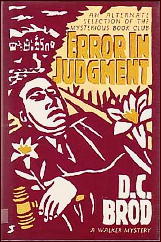
(Compare the price of this book, $4.50, with the one by Stefanie Matteson that I reviewed just prior to this one, $3.95, from the same publisher. Compare it with the price of paperbacks at the time you’re reading this, several months from now.)
But as for the question, “Is this book worth $4.50?,” I’d hesitate a little, but I’m going to say yes. I enjoyed it (and enjoyed it more than I thought I was going to, after the first couple of chapters). It’s a good-sized book, 258 pages of smallish print, and if you enjoy PI stories, I think you’ll be getting your money’s worth.
On the other hand, a general rule of thumb is that you may want to be careful of PI books written by authors with initials for a first name. The “D” stands for Deborah, and by and large, women still don’t write hardboiled PI novels. (But neither did Rex Stout. All I’m saying is be wary.)
Brod’s detective hero is Quint McCauley, a struggling PI new to the small town of Foxport, somewhere outside of Chicago. He’s already made the mistake of crossing one of the town’s leading legal lights, and jobs are getting hard to come by.
One that he has in this case, accepted on a contingency basis, is that of trying to determine whether or not a judge’s death was really a suicide. A clause in an insurance policy means a difference of a million dollars, payable to the widow.
The judge, by the way, was under indictment in an bribery case, but Quint still wonders why the case was closed so quickly by the police department. (He is also on the outs with the chief of police, you might be interested in knowing, ever since he tried to pick up the man’s wife in a bar some time earlier.)
Quint does have the advantage over the police, as far as the case is concerned, in that he was the one who found the body. He was also the one who found (and went off with) the pictures he found stashed away in a filing cabinet. He shouldn’t have, and that’s where the title comes from.
It’s a complex case, in other words. The difficulty I found with it, in the early going, is that the writing is talky and flat, and McCauley, who tells the story, sounds whiney and apologetic, almost to the point of exasperation.
Points of the story where he should be angry, he says he’s angry, but he doesn’t seem angry and he doesn’t act angry. (Maybe he’s more cold-blooded than I thought he was.)
If you decide to read it, though, bear with it, and you’ll eventually find the plot has enough twists, major and minor, to make it worth the effort. This is a mixed review, in other words, but in balance, it should read more positive than negative.
Rating: B Minus.
— This review was intended to appear in
Mystery*File 35. It was first published in
Deadly Pleasures, Vol. 1, No. 3, Fall 1993 (slightly revised).
The Quint McCauley series —
1. Murder in Store. Walker, 1989.
2. Error in Judgment. Walker, 1990.
3. Masquerade in Blue. Walker, 1991. Reprinted as Framed in Blue, Diamond, 1993.
4. Brothers in Blood. Walker, 1993.
5. Paid in Full. Five Star, 2000.
[UPDATE] 09-25-11. Here it is, some twenty years later, not just a few months, and while prices of mass market paperbacks seem to have stabilized in the past year or so, it’s at a level that’s essentially double it was in 1991.
The bigger problem, as far as I see it, is the total lack of diversity that exists in the way of detective fiction published today in MMP. Many publishers no longer have lines of genre fiction, and of those that do, almost all of it is of the “cozy” variety, with protagonists more interested in their hobbies (quilting, teddy bears) or small shops (antiques, herbs) than they are in solving murder cases, mostly incidental.
In my opinion, ebooks will soon force MMP publishing into oblivion, a sad day as far as I’m concerned, but as other people have also pointed out, I’ll still have plenty to read.
